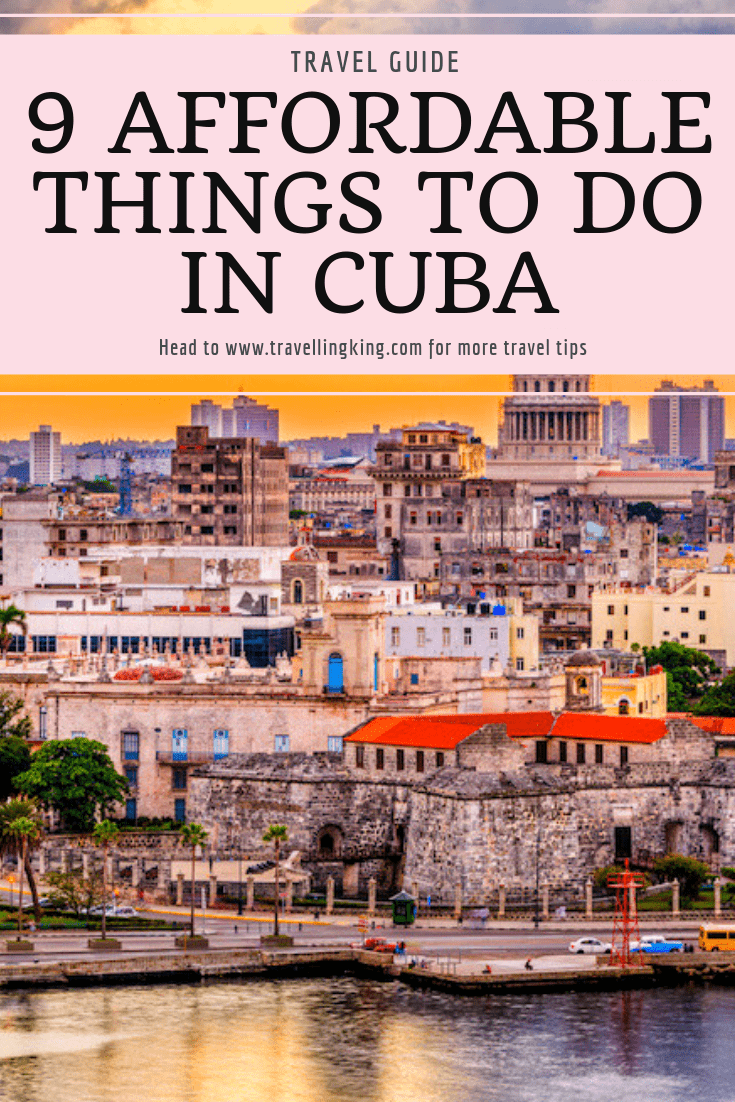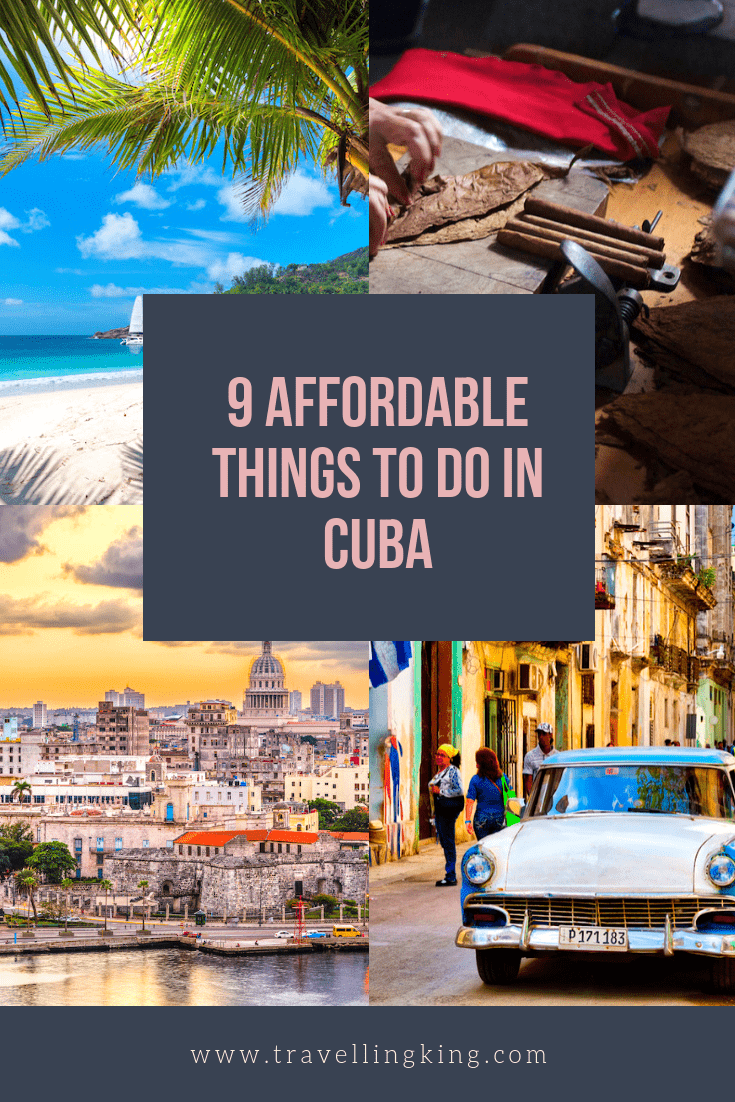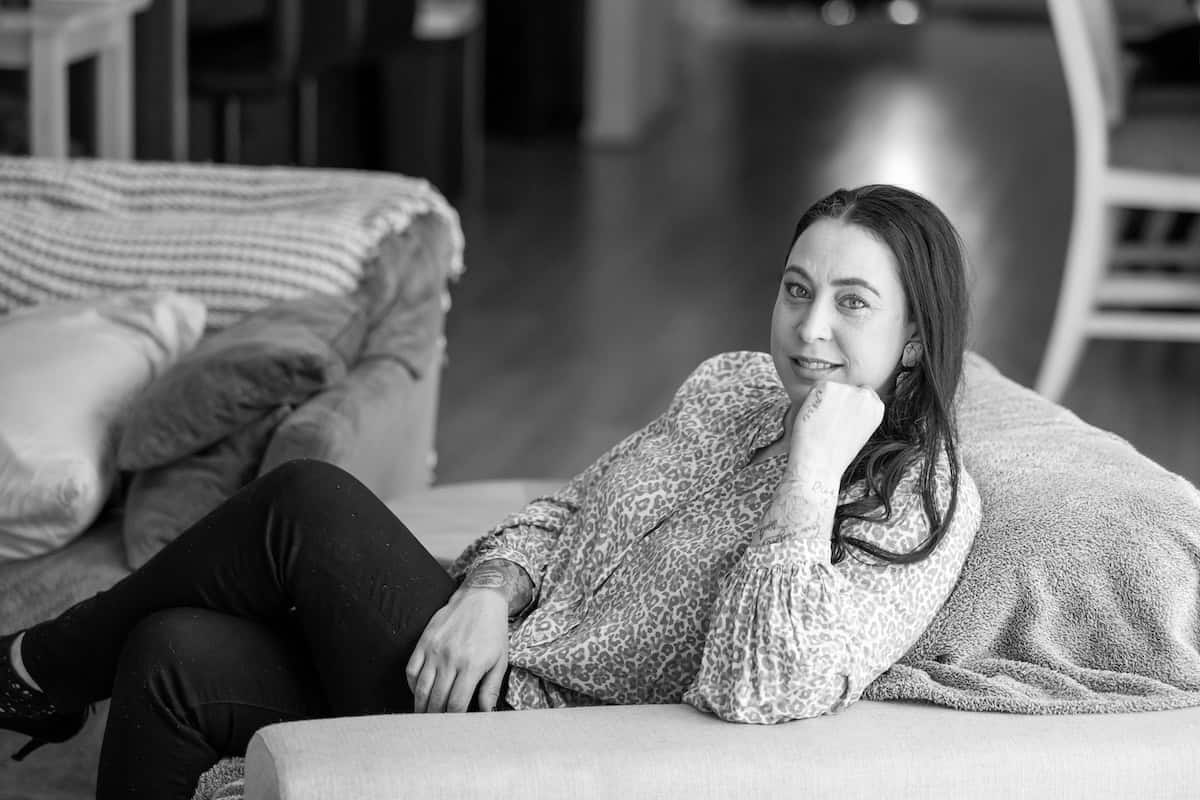9 Affordable Things to do in Cuba
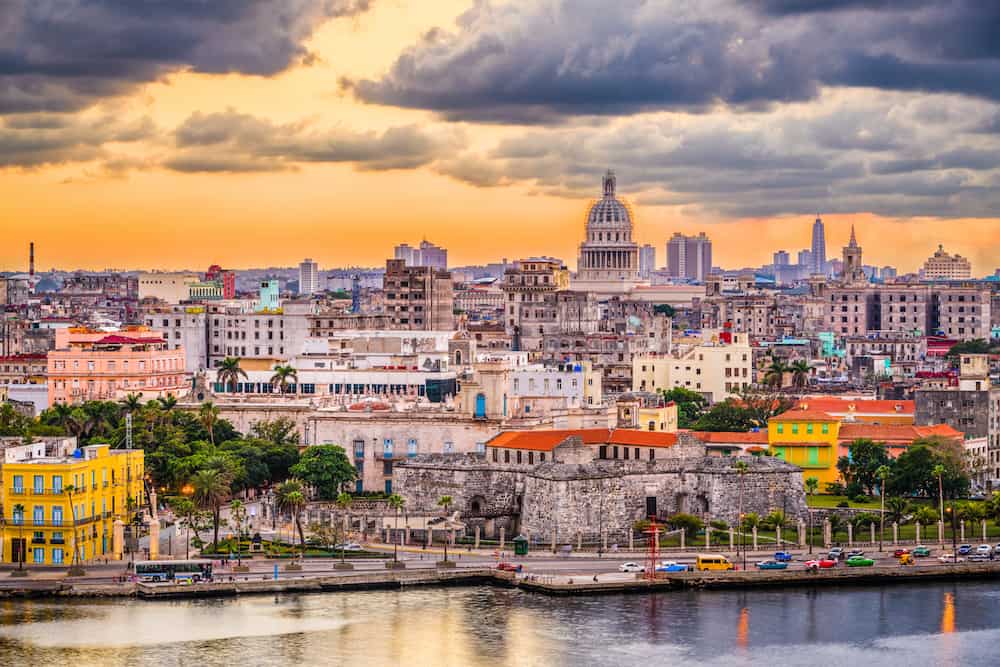
Does travelling ever feel like you are taking a step forward or a leap back in time? If you don’t have much of an idea what I’m talking about, going to Cuba will definitely reveal the sentiment to you. Experiencing Cuba is like time traveling to the 1940’s or 1950’s.
The United States imposed an embargo on the country in 1958, which explains all of the old cars you will see rolling around old Havana. However, Cuba’s revolution in the 1960’s is the biggest reason that this country feels different than any other. It’s one of the last places to experience the impact communism had on the world.
Depending on your perspective, this whole country could seem like a world heritage site. Even though its is small in size, there are plenty of things to do in Cuba that will make your trip memorable. The main point of interest in Cuba though is the culture.
Even though this island is only about 180 km from the most powerful capitalist countries in the world, it remains as one of the few countries who still have strong communist roots.
When you visit Cuba, its easy to see the impact that this has on many different facets of society. That’s why it feels as if there are so many free things to do in Cuba. Just simply being a part of this country for a few days will be a formative experience.
Plan your trip
Save on fees abroad with the Wise Card—use it at ATMs, restaurants, and for flights or hotels in over 150 countries. Manage 40+ currencies in real-time with the Wise app.
Need Help Planning?
- Cheap Flights: Find the best deals.
- Accommodation: From hostels to luxury stays.
- Car Rental: Affordable options worldwide.
- Sightseeing Tours: Explore without breaking the bank.
- Travel Adapter: One adapter for all your needs.
- Travel Insurance: Don’t risk it—stay covered.
This post includes affiliate links. Read my full disclosure and content policy.
How to get to Cuba
If you are planning to backpack or travel to South America, you should consider travel to Cuba as a way to begin your trip. Due to the American embargo, getting to Cuba has always been a bit tricky. However president Obama lifted a bunch of restrictions a few years ago, making it much easier for Americans to travel to the country.
No matter where you are flying to or from, you will need to purchase a Cuban Tourist Card before arriving. You can buy this online to save some money or you can buy it from your airline before you board your flight to Cuba. This isn’t difficult to acquire, just something that you will want to budget for on your trip.
In the past, the easiest way to arrive from overseas was to first go to Canada or Mexico and then take another flight to Havana. Nowadays, its usually cheapest to fly from Europe to JFK Airport in New York City or Ft. Lauderdale-Hollywood International Airport in Florida. You will arrive at José Martí International Airport about 15 km southwest of Havana.
If you’re arriving in Cuba with a pre-arranged tour, chances are you will have transportation already organized for you. If travelling independently, the easiest way to get to Old Havana is via taxi. There are public buses that arrive at the first terminal of the airport, but they can be a hassle because they only take Cuban national pesos instead of convertible pesos.
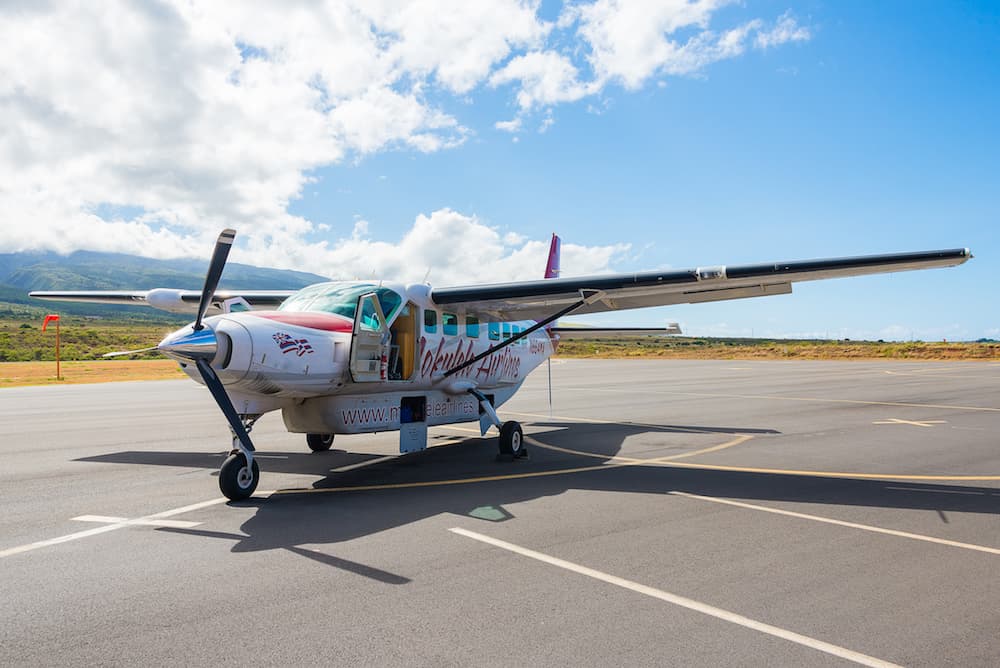
Travelling to Cuba as an American
It’s particularly important for Americans travelling to Cuba to be aware of the different regulations the country still has in place. No, you will not be able to just travel without any questions upon returning.
There are 12 different categories through which travel to Cuba is permitted. The easiest one to use for your trip is “Support for the Cuban People” category. If you file this one, make sure you try and support as many local businesses as possible.
It’s also really important to keep detailed records of all of your expenditures in the country because the Office of Foreign Assets can request your trip information for up to five years after you land back in the United States.
Another thing to keep in mind as an American is that Cuba does not accept American health insurance. So you will need to buy health insurance before your trip. This is another thing that you can purchase at the airport before leaving.
What to expect in Cuba
Language
Cuba is unlike any other country in South America in many facets, but Spanish speakers will be happy to know that they won’t have any trouble communicating here. However, Cubans are notorious for their caribeño accent and dense slang.
If someone asks you, “Que bola?” or “Que bolero?” they are just asking “whats up?”. Another important word to know is “acere”, which means friend or homie. Even though Spanish dictionaries translate this as “a group smelly monkeys”, Cubans don’t use it in an offensive manner.
Unfortunately the tourism industry in Cuba does not have the same infrastructure as other countries. So there aren’t many people who will be able to communicate with you.
Picking up a Spanish phrase book or downloading a translator app can go a long way in making you feel comfortable in the country. Cubans are really friendly people and they will make their best effort to accommodate to your communication efforts.
Currency
In Cuba there are two different types of currencies used, and they abbreviated with CUP and CUC. CUP’s are Cuban national pesos, something that you probably will never use as a traveler.
Cubans are paid in this currency and use it for more official manners. CUC’s are convertible pesos, used for more informal transactions in the country. All of the Cuban attractions you visit will accept CUC’s instead of CUP’s.
You will be able to exchange money at a Cadeca and wherever you are staying should be able to point you towards the nearest one. If you’re from somewhere besides the United States, you will be able to use your debit card at ATM’s or at the cadecas to withdrawal local currency.
Sorry Americans, you’re a bit out of luck. You will want to ensure that you have enough American dollars to last your entire trip.
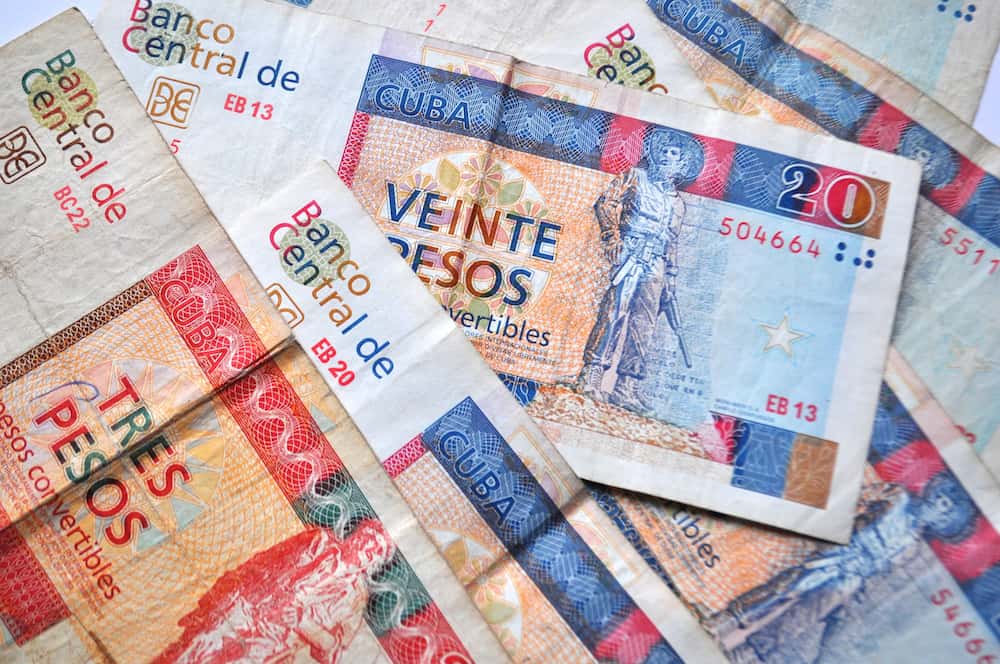
Food in Cuba
Although Cuba is an island, most of the cuisine revolves around eating pork. In fact, Cubans love their ham sandwiches. The most traditional sandwich is called the mixto, and true to its name, it’s a mix of different types of ham, pulled pork, and cheese.
My favorite sandwich is the medianoche, which is similar to the mixto but served instead on an egg bread.
There are also more exquisite dishes in Cuba aside from sandwiches, like ropa vieja. Ropa vieja translated means old clothes, and that’s sort of what this dish resembles. It’s made with shredded flank steak that is smothered in a tomato sauce and served over white rice. Plantains are also a staple in Cuban cuisine.
It’s very common to have breakfast, lunch, and dinner served with maduros, a sweet fried plantain. Tostones are similar to maduros, except that they aren’t sweet. These go really well with every cuban’s favorite sauce, mayoketchup. I’m sure you can guess on what the sauce consists of.
Now the best part about Cuban food is the dessert. Flan is king here, and after you sample some you will see why.
Cubans love their flan, and actually, serve it in a variety of ways. Arroz con leche is another typical Latin American dessert, but its special in Cuba. Once you start eating the sweets, you can’t go back. You will want to finish every one of your meals with a dessert.
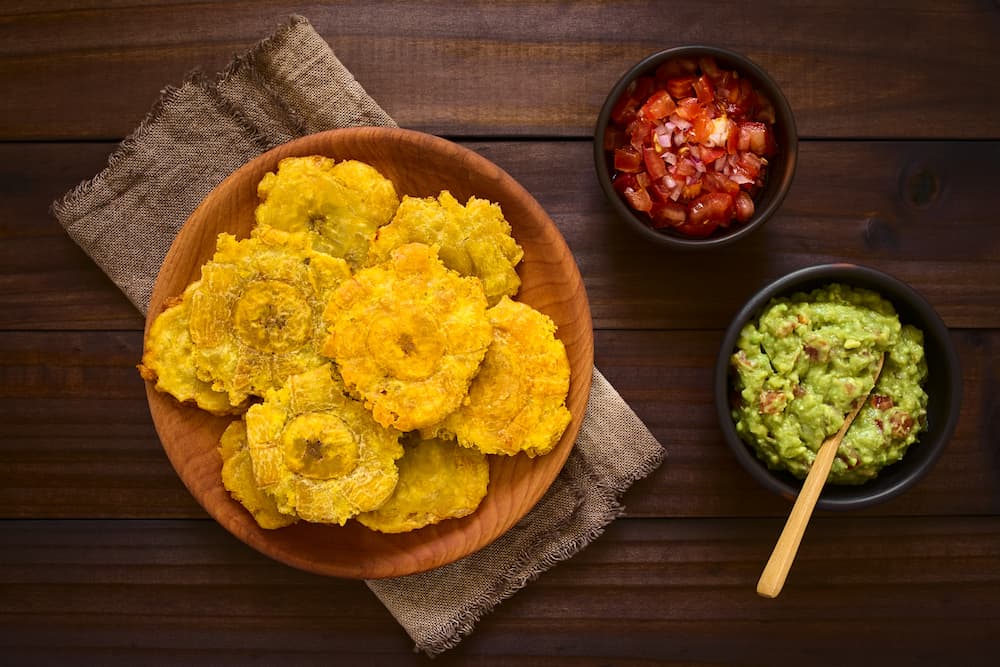
Things to do in Cuba
Dive into Cuban History
If you are looking for things to do in Cuba for 2 days, you will likely want to stay near Havana. Like I’ve mentioned a few times, being in Cuba feels like taking a trip back in time. It seems like everyone who lands in Cuba becomes a history buff because this country is just so interesting.
Wandering the streets of Old Havana is a great way to get intimate with Cuban History. There are also plenty of museums to visit that will also help give you a context during your time in this country.
Some of my favorite museums are the Museum of the Revolution, the National Museum of Fine Arts, and the Napoleon Museum.
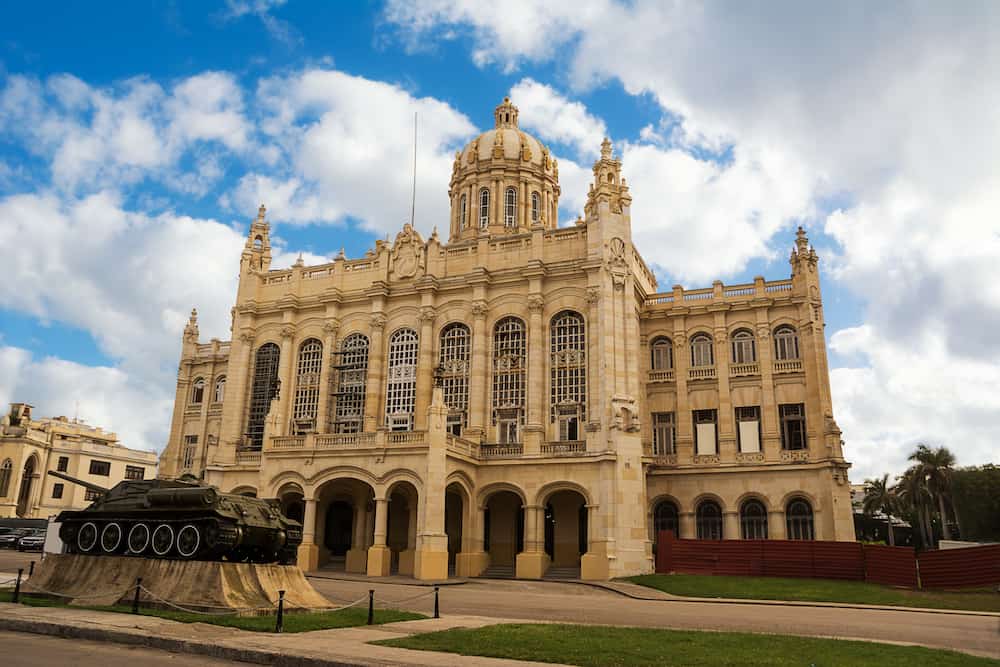
Visit a Cigar Factory
Cigars can be found just about anywhere in Cuba, but the best place to get them is at a factory. While you’re there, you may as well do a tour and learn about all that goes into making these things. The process is much more delicate than one might assume.
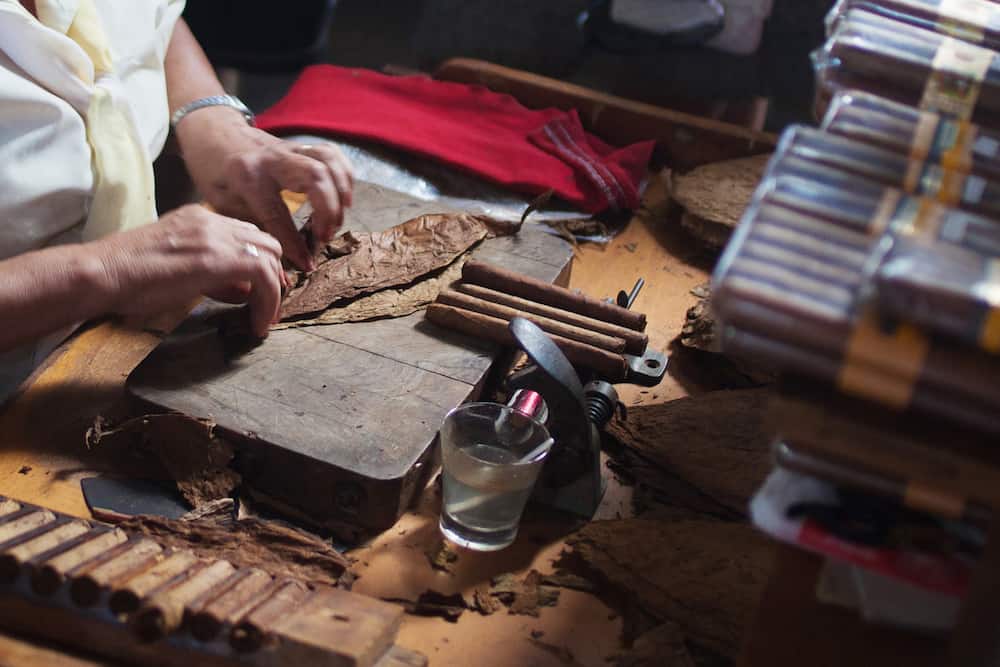
Learn to dance
Cubans love to dance, and salsa is the preferred dance of the nation. There are lots of different schools around Havana that can prepare you or a night out on the town.
If you want to learn how to dance bachata, another popular form of dance in the Caribbean, you will also find classes offered at the studios.
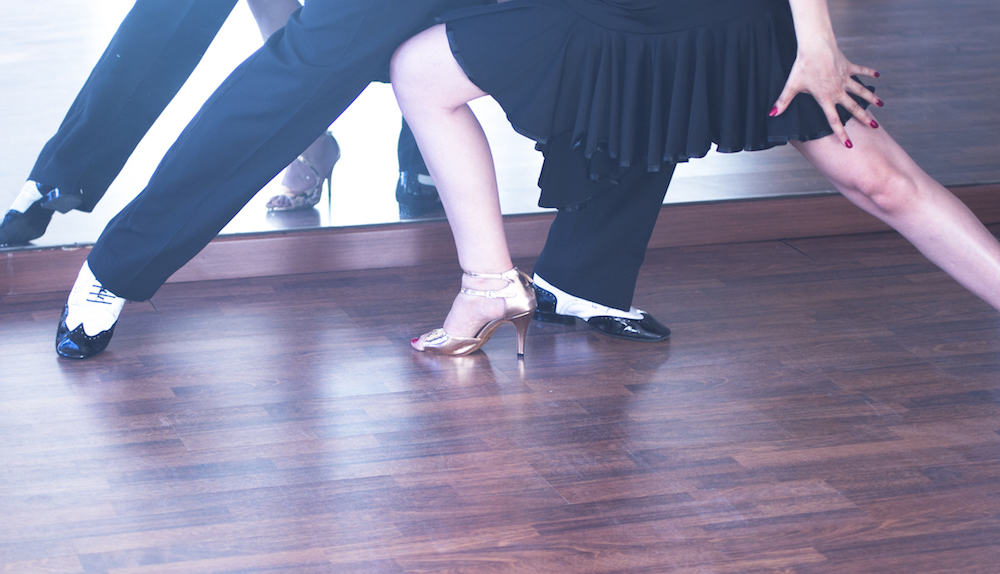
Enjoy the beach
Oftentimes the splendor of Cuban beaches is overshadowed by the rich culture of Cuba’s colonial cities. The beaches in Cuba are really special, and there is much more to do than just kick back and relax.
Now if you want to drink beer or rum and really enjoy your vacation, you will be able to do that as well. However, for those looking for an adventure, the clear waters of the Caribbean are great for scuba diving or snorkeling.
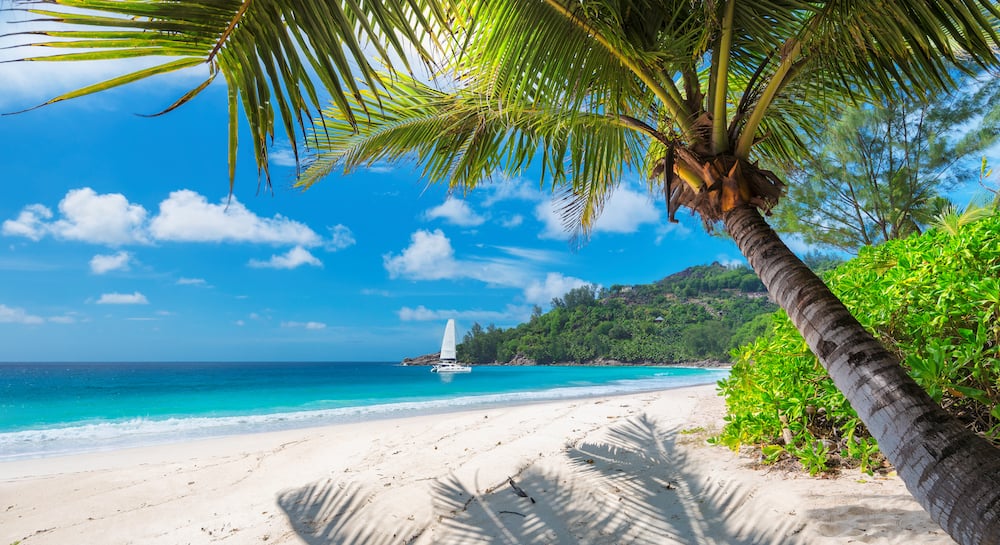
Places to visit in Cuba
Old Havana
Old Havana is a must see for anyone visiting Cuba. The Plaza de Armas is a great first stop, as it is the center of the oldest area in Cuba.
There are a bunch of cafés, bars, and restaurants surrounding the plaza where you can get a great bite to eat. Afterwards, head on over to the San Cristobal Cathedral. Not only is the church stunningly beautiful, it is said to have housed the remains of Christopher Colombus for over 100 years.
Another place to visit in Old Havana is the Real Fuerza castle. This castle is adjacent to the Museum of the City, which allows for you to really dive deep into Cuban history. There are plenty of more plazas to visit, which is one of my favorite free things to do in Cuba. Old Havana is a great place to get lost for a few days.
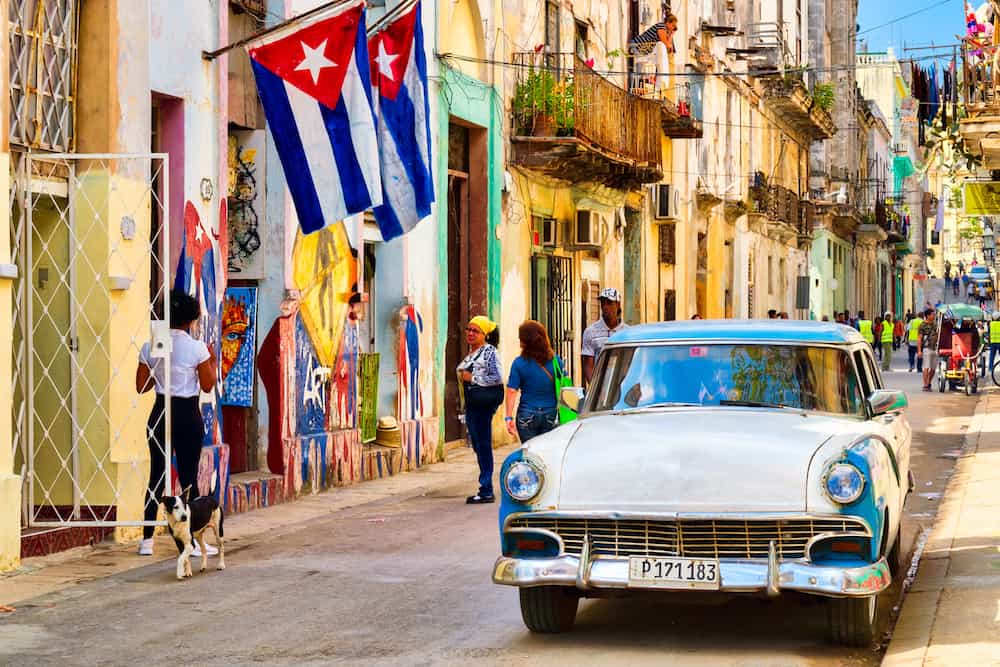
Che Guevara Mausoleum and Santa Clara
You probably remember seeing pictures of him in college. Che Guevara helped Fidel Castro rise to power and was the most prominent communist in Latin America.
He is revered by those in favor of the Cuban revolution, but he doesn’t have such a good reputation in other countries. No matter what your opinion may be of the man, the Che Guevara Mausoleum is one of the most spectacular points of interest in Cuba.
It’s located in Santa Clara, a city where the Cuban revolution really started. Even today the city remains revolutionary, with drag shows, graffiti, and the best rock festival in the entire country. If you really want to learn about what happened in Cuba during the 1960’s, come to Santa Clara.
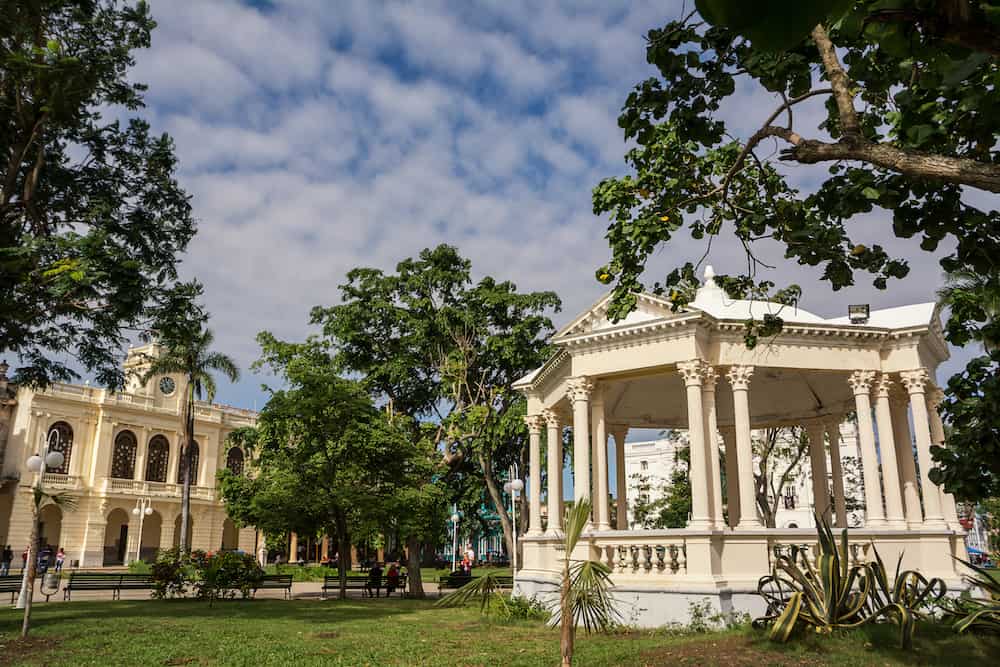
Finca Vigia
It’s important to remember that Cuba wasn’t always a communist country. In fact, during the early 20th century Cuba was a popular tourist destination for Americans.
The most notable American who constantly traveled to Cuba was Ernest Hemingway. He loved the country so much he bought his own home — Finca Vigia.
Today Finca Vigia is one of the most interesting places to visit in Cuba. Hemingway wrote 2 of his most popular novels here, The Old Man and the Sea and For Whom the Bell Tolls.
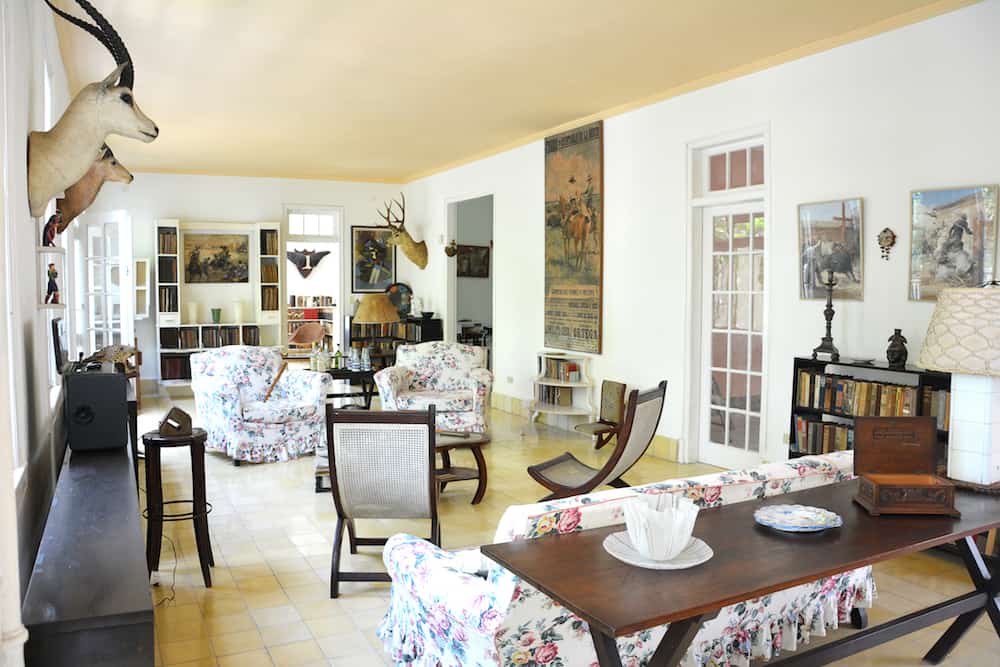
Viñales
Viñales is a bit off the beaten path in Cuba, but making the trip out here is totally worth the effort. Viñales is home to some of the best tobacco farms in the country.
It’s also a really good place to get out and experience the beautiful nature that Cuba has to offer.
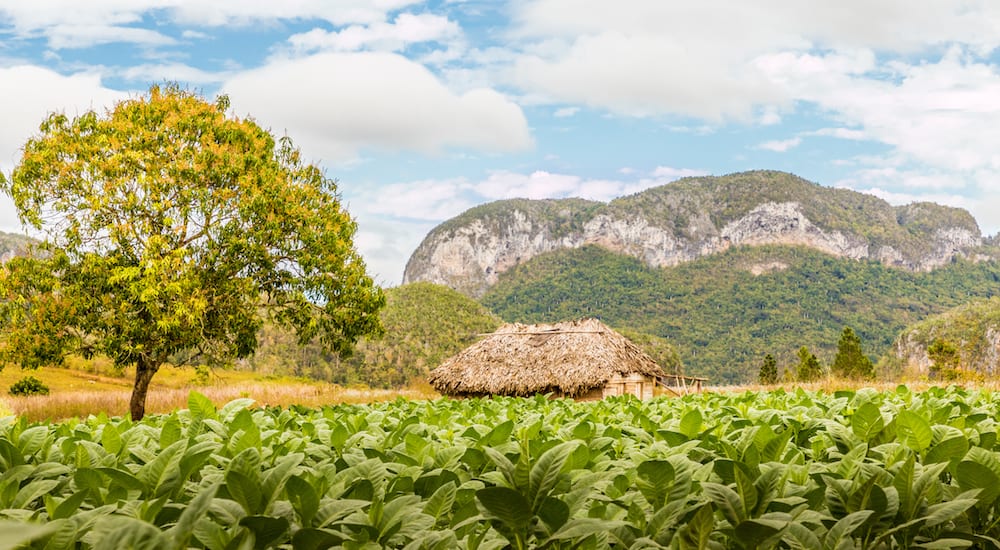
Trinidad
The entire old town of Trinidad has been named a UNESCO world heritage site. One of the most charming aspects of the area is that no cars are allowed.
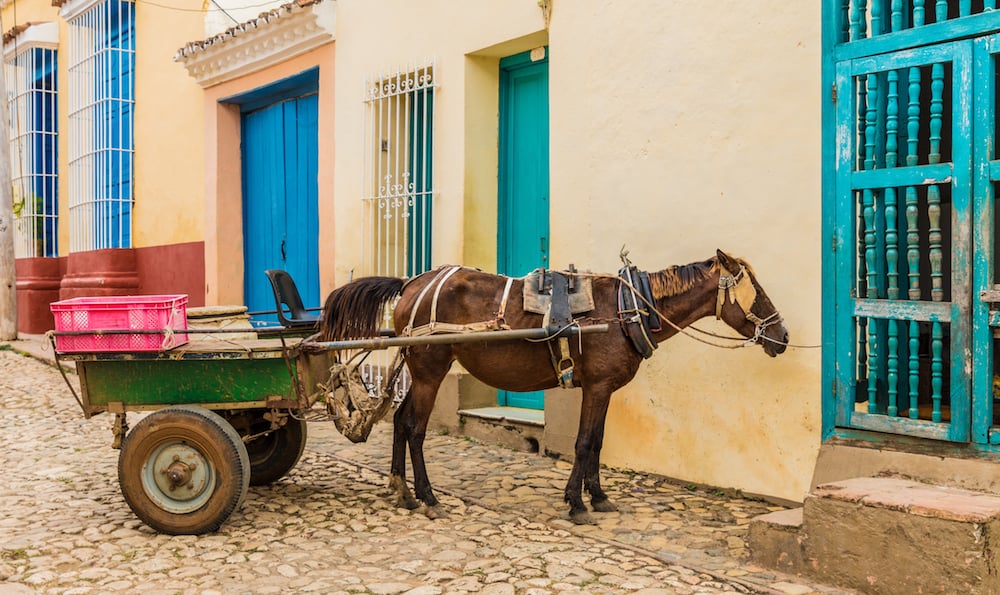
Where to stay in Cuba
Cuba’s history is reflected in the sorts of accommodations offered to travelers. In 1997, the government announced that families could offer to lodge foreigners in their homes, so long as they registered with the government.
These are called casa particulares, and they are the best way to experience Cuba. Because the places are run by families, it’s common to hang out, eat meals, and even smoke cigars together.
The family can also recommend a bunch of different things to do nearby their homes. Airbnb has arrived in Cuba and is another option if you want to have a similar, local experience.
Most of the hotels in Cuba are run and owned by the state. In my experience, the hotels always fall short to the casa particulares, not just in regards to the experience, but also because of the quality.
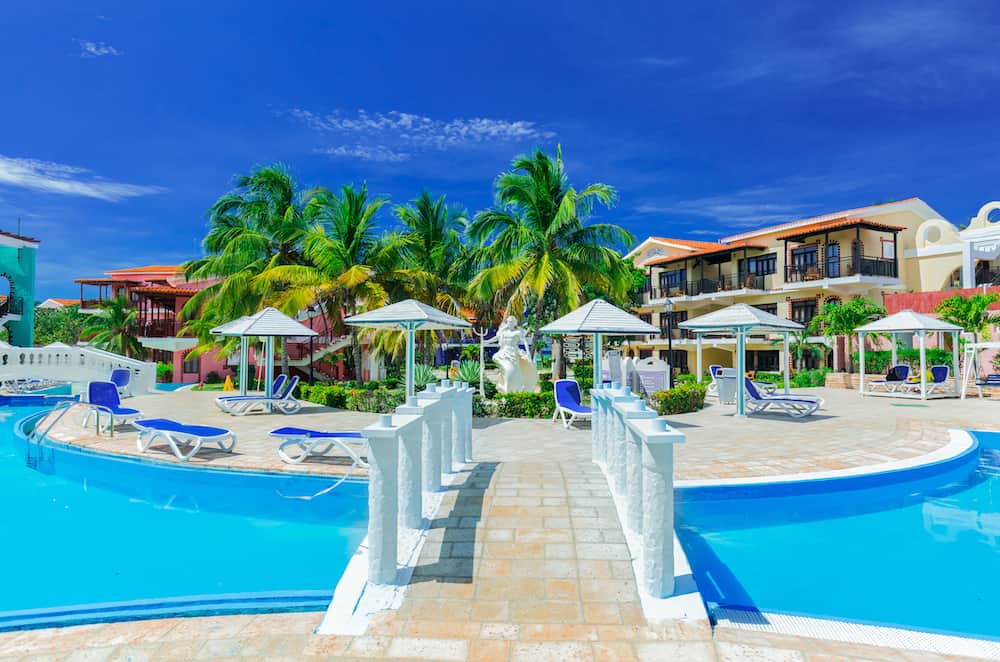
Tours to do in Cuba
RutaBikes
RutaBikes has 3 different tours that they offer to tourists. The tours are led by English speaking guides and the entire group ventures around together on bike.
Old Car Tours
The vintage cars are of the best Cuban attractions. Don’t just gawk from the sidewalk as these babies, ride in them! There are a bunch of tours in Old Havana that offer this experience.
Bay of Pigs Tour
The Bay of Pigs is another place where you can experience Cuban history. This is the one place that I recommend not just visiting, but booking a tour. It will help you understand one of the most significant historical events of the Cold War.
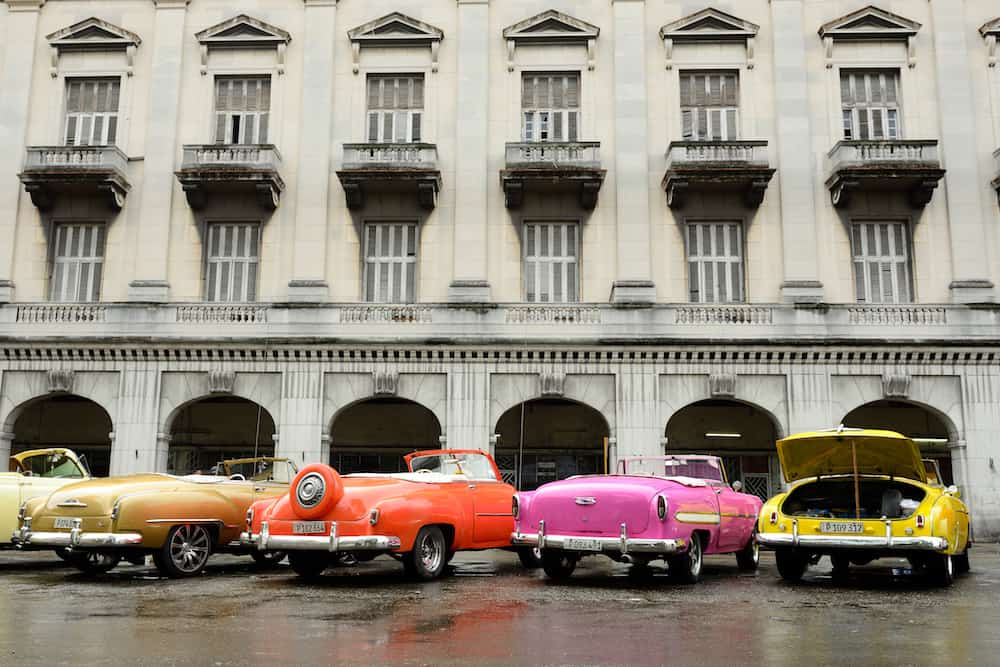
If you’d like to save it for later, please save it to Pinterest.
